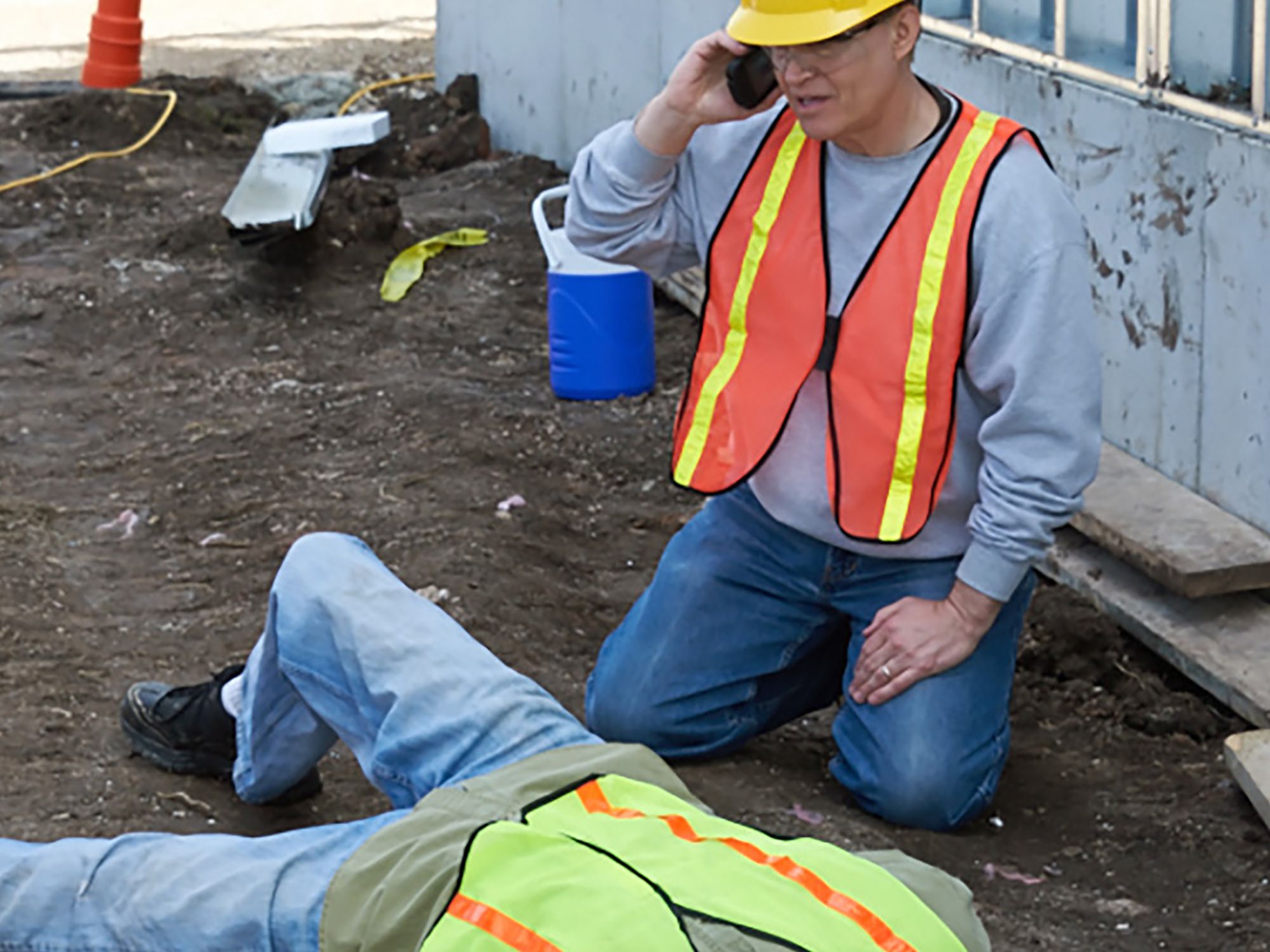InstituteSafety & HealthElectrical SafetyElectrical Safety Construction StandardsGeneral Industry SafetyElectrical SafetyEnglishAnalysisFocus AreaCompliance and Exceptions (Level 2)USA
Electrical safety for the construction industry
['Electrical Safety']

Electricity has long been recognized as a serious workplace hazard, exposing employees to dangers like electric shock, electrocution, fires, and explosions.
OSHA’s construction electrical requirements apply to all workers who are exposed to electrical hazards. Depending on training, voltages, type of work and equipment, and other factors, the requirements vary.
What are the regulations?
Section 1926 Subpart K is divided into five parts:
- Section 1926.402 through 1926.408 — Installation safety requirements. Included in this category are electric equipment and installations used to provide electric power and light on jobsites.
- Section 1926.416 and 1926.417 — Safety-related work practices. In addition to covering the hazards arising from the use of electricity at jobsites, these regulations also cover the hazards arising from the accidental contact, direct or indirect, by employees with all energized lines, above or below ground, passing through or near the jobsite.
- Section 1926.431 and 1926.432 — Safety-related maintenance and environmental considerations.
- Section 1926.441 — Safety requirements for special equipment.
- Section 1926.449 — Definitions.
